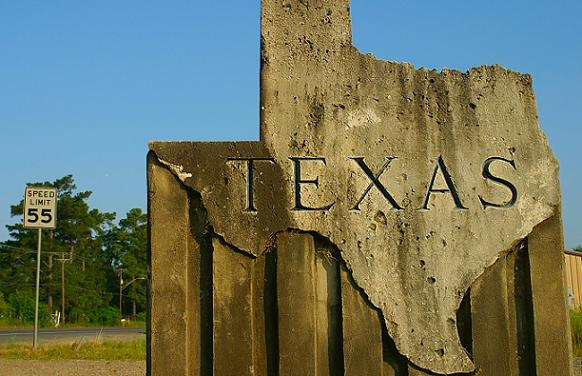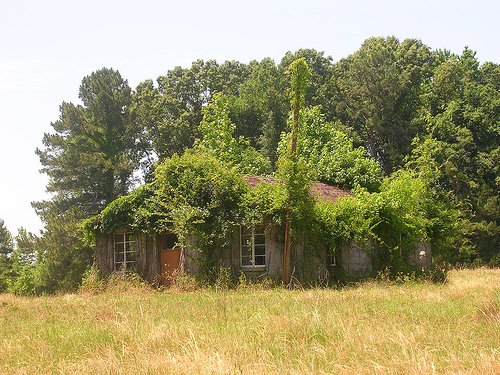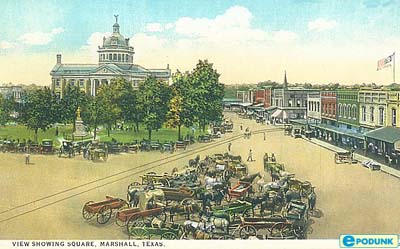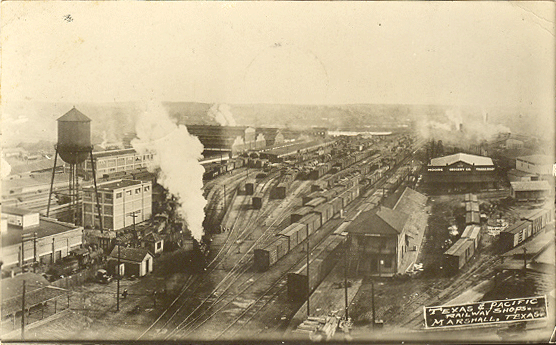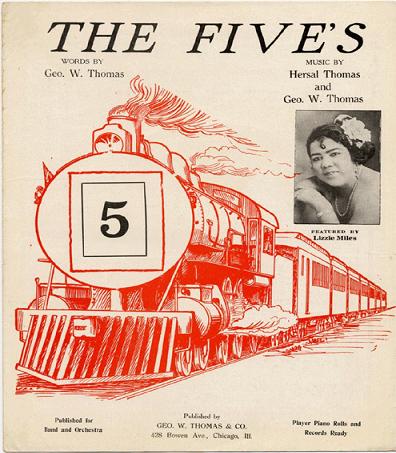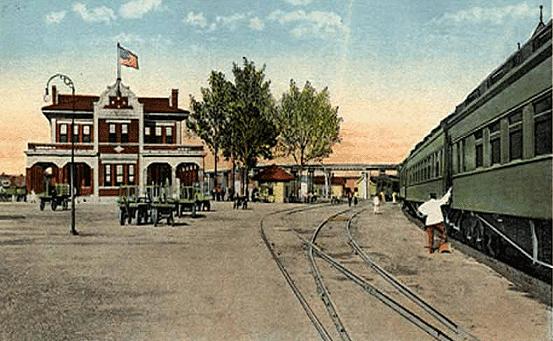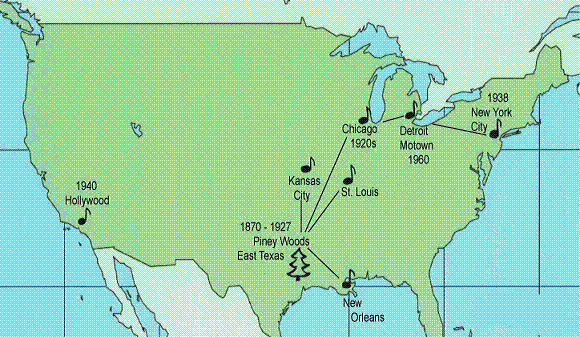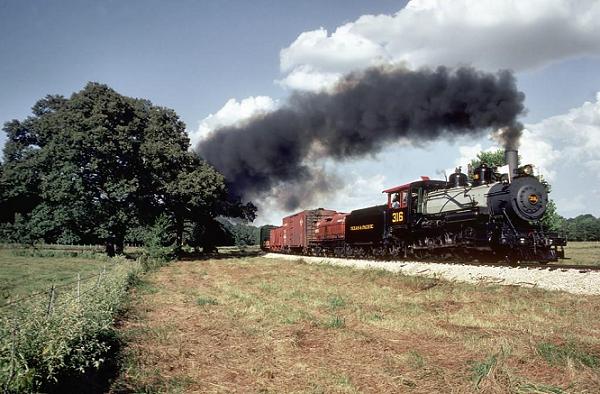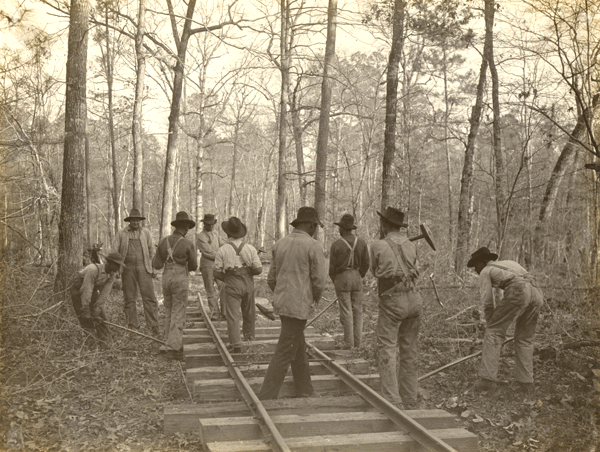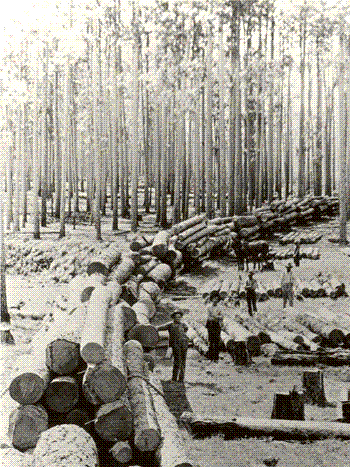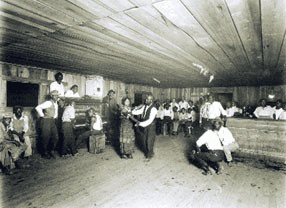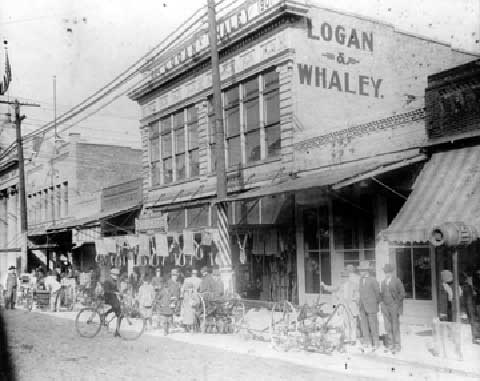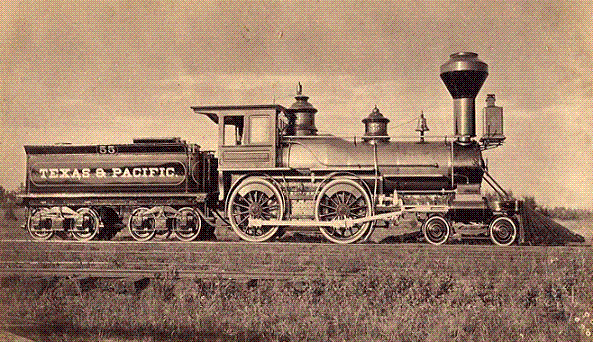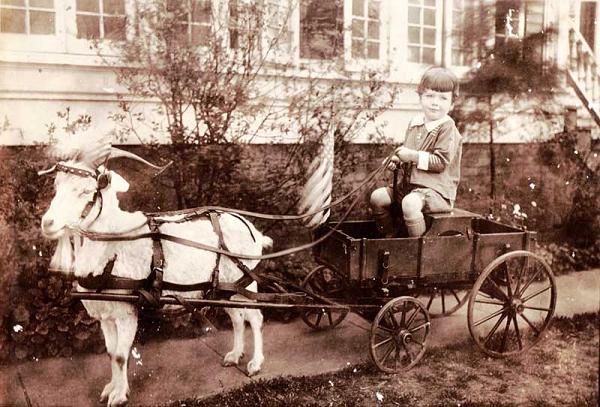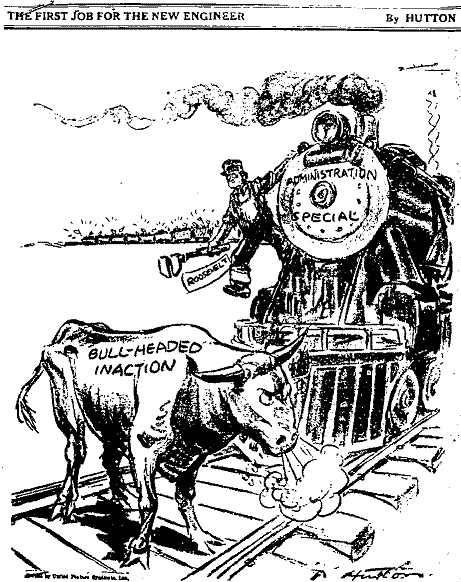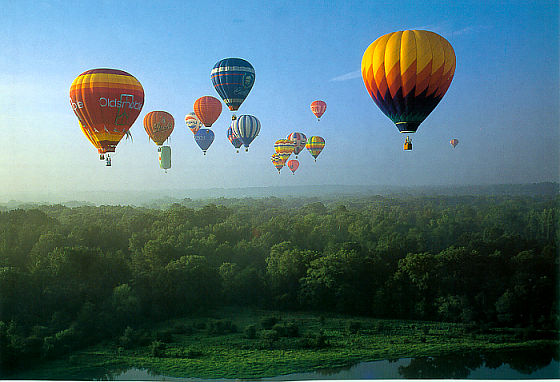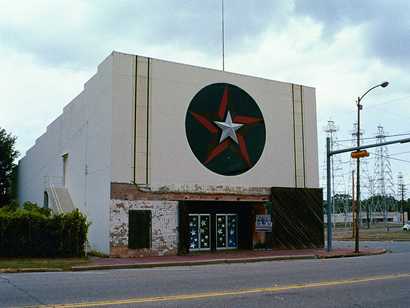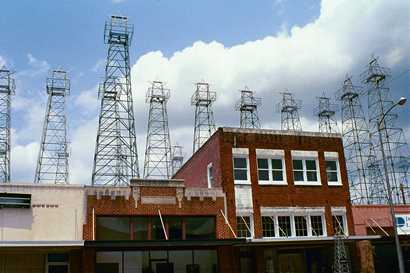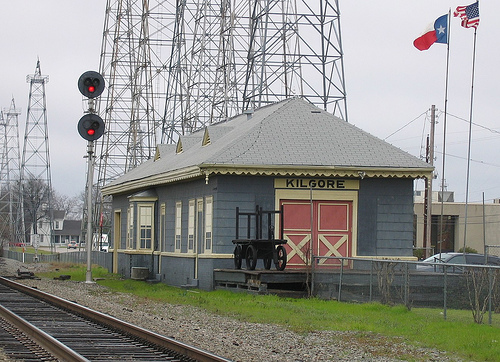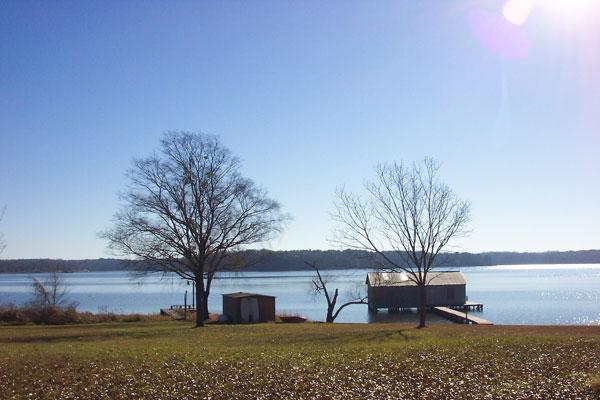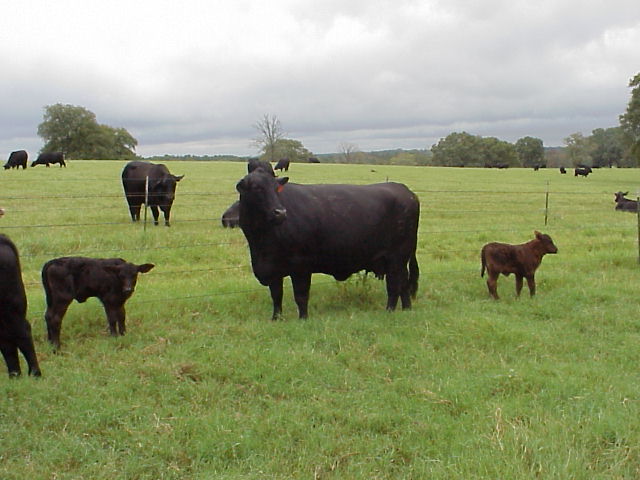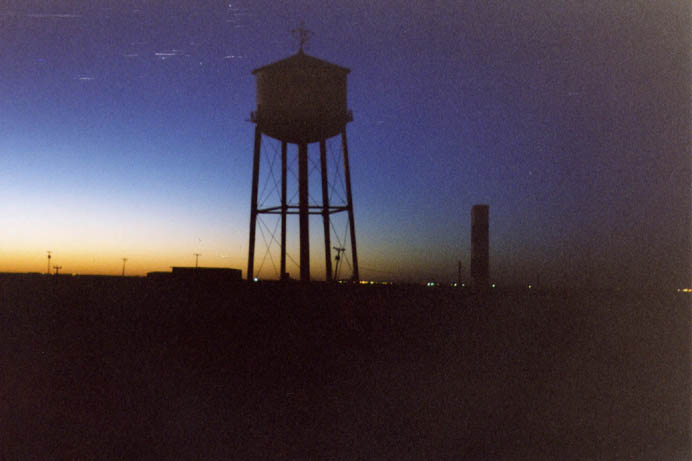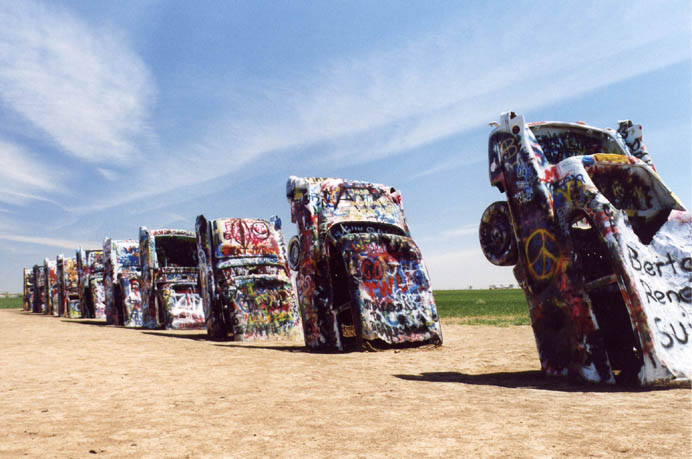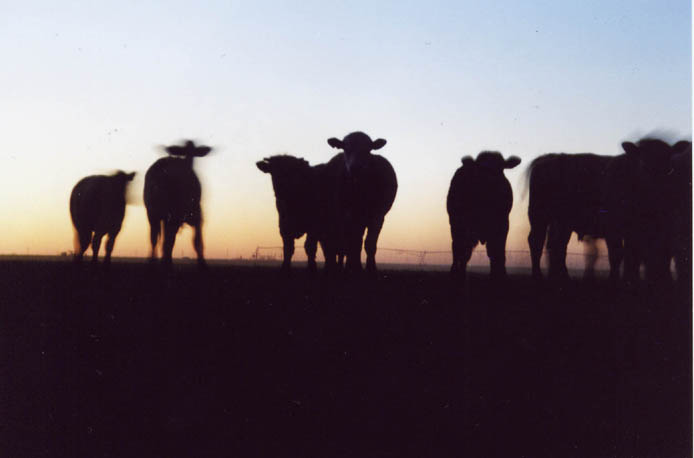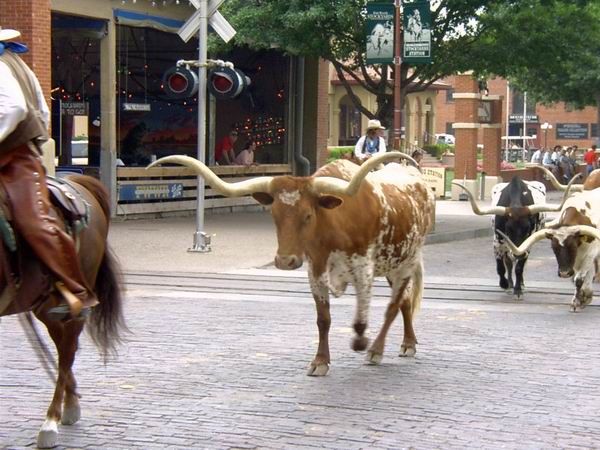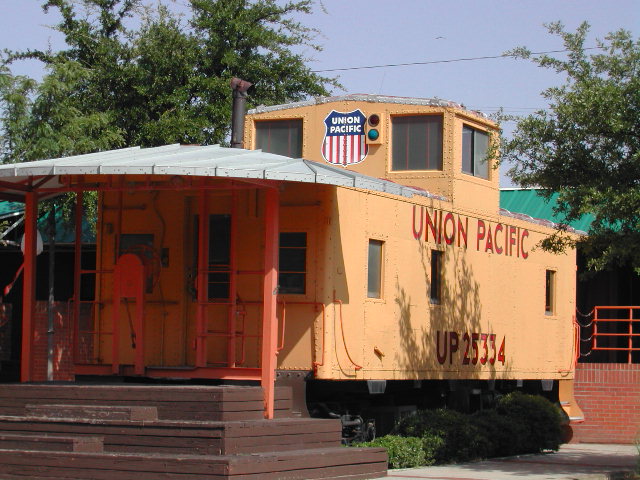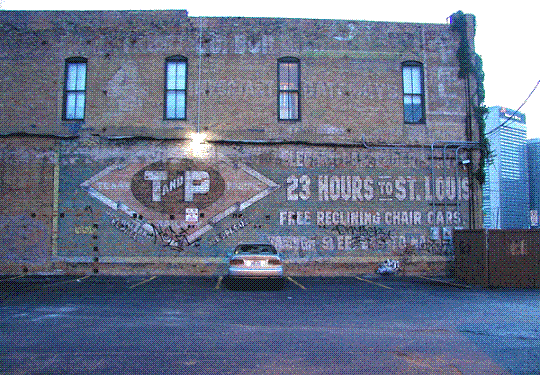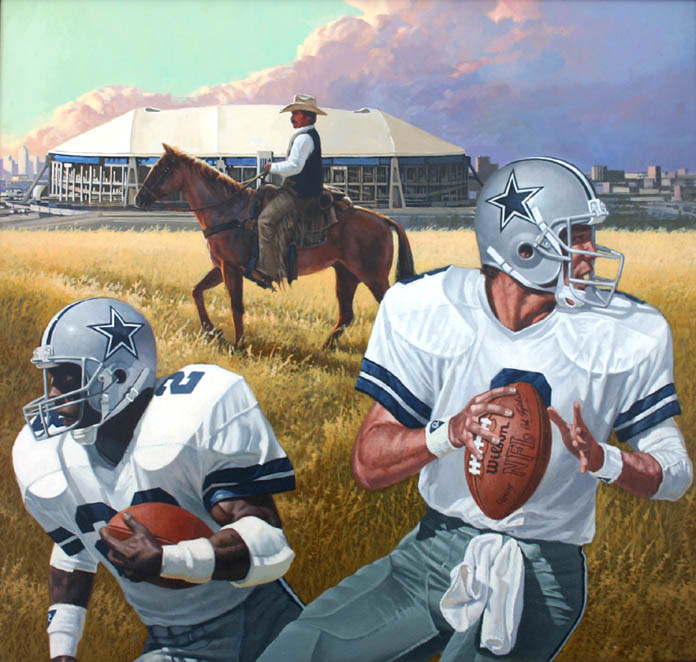 | East Texas from Louisiana, R20 |
Waskom |
Waskom |
Waskom |
tx |
Waskom Lake |
Marshall |
Marshall, the earliest "Hub of Boogie Woogie" |
Texas & Pacific: The Boogie Woogie Railroad |
1912 Texas & Pacific Station in Marshall |
|
MoPac |
Railroad in the Piney Woods |
East Texas |
Barrellhouse |
Marshall |
Marshall |
MoPac |
Three Oaks/The Whaley House |
Marshall |
Longview, Texas |
A natural gas drilling boom in Fort Worth, Kilgore |
Kilgore, The former Texan Theatre, "all interior was done in western style decor." |
View of "the world''s richest acre" in downtown Kilgore |
Kilgore |
Tyler |
Tyler |
Tyler |
|
the Traces of Dream |
|
Ft. Worth |
|
|
2528 Elm Street, Dallas, Boogee Woodee way |
Dallas |
Dallas, the Trinity River |
map -http://www.wegoplaces.com/LAShreveport_Region_427.aspx
Route 80 - http://www.bygonebyways.com/tx80-the_rest_of_tex.htm
Grand saline - http://www.texasescapes.com/TOWNS/Grand_Saline/Grand_Saline_Texas.htm
Canton -http://www.flickr.com/photos/magdaibartek/68557476/
Waskom
Marshall
Longview
Kilgore
Tyler
Lindale
Van
Grand Saline
canton
Terrell
Dallas
77
BOOGIE WOOGIE History by Nonjohn (A.K.A. John Tennison) - http://nonjohn.com/History%20of%20Boogie%20Woogie.htm
There is every reason for us to know something about Africa and to understand its past and the way of life of its peoples. Africa is a rich continent that has for centuries provided the world with art, culture, labor, wealth, and natural resources.
Moreover, music historian, Dave Oliphant has written:
"Barrelhouse, boogie-woogie, and jazz all originate to some degree in the religio-sexual customs of primitive African societies, for Wilfrid Mellers14 notes, one of the meanings of the phrase ''boogie-woogie,'' and of the word ''jazz'' itself, is sexual intercourse, even as the ritualistic-orgiastic nature of the music also represents an ecstatic form of a spiritual order."
Thus, as I consider Boogie Woogie, I intend to remain ever mindful that we are all of African descent. Being mindful of this fact suggests certain questions: For example, does Boogie Woogie have its widespread and lasting appeal because of any universal, evolutionary and/or instinctual aesthetic that has been biologically inherited by all human beings? Is there historical and cultural evidence in Africa even today that suggest a common biological heritage and aesthetic sensibility among human beings? If so, what are the elements of this common aesthetic? Does Boogie Woogie share any of these elements? Have the pretensions of so-called civilization created historical contexts where some human beings have unknowingly denied their own capacity to appreciate Boogie Woogie? To the extent that these questions can be answered in the affirmative, Boogie Woogie can be seen in a much larger context than merely being a popular music and dance form originating in the United States. However, before considering Boogie Woogie in such a broad historical context, I want to first examine its evolution within the United States.
Boogie Woogie piano playing originated in the lumber and turpentine camps of Texas and in the sporting houses of that state. A fast, rolling bassgiving the piece an undercurrent of tremendous powerpower piano playing."
"Neither Pine Top Smith, Meade Lux Lewis nor Albert Ammons originated that style of playingthey are merely exponents of it."
"In Houston, Dallas, and Galvestonall Negro piano players played that way. This style was often referred to as a ''fast western'' or ''fast blues'' as differentiated from the ''slow blues'' of New Orleans and St. Louis. At these gatherings the ragtime and blues boys could easily tell from what section of the country a man came, even going so far as to name the town, by his interpretation of a piece.1 -- E. Simms Campbell, 1939, pages 112-113, (in Chapter 4 "Blues") in the book, "Jazzmen: The Story of Hot Jazz Told in the Lives of the Men Who Created It"1
Consistent with the findings of E. Simms Campbell are the comments of Elliot Paul, who wrote the following on page 229 in 1957 (in Chapter 10 "Boogie Woogie ") in his book "That Crazy American Music"78:
"The first Negroes who played what is called boogie woogie, or house-rent music, and attracted attention in city slums where other Negroes held jam sessions, were from Texas. And all the Old-time Texans, black or white, are agreed that boogie piano players were first heard in the lumber and turpentine camps, where nobody was at home at all. The style dates from the early 1870s. Even before ragtime, with its characteristic syncopation and forward momentum, was picked up by whites in the North, boogie was a necessary factor in Negro existence wherever the struggle for an economic foothold had grouped the ex-slaves in segregated communities (mostly in water-front cities along the gulf, the Mississippi and its tributaries)."78
On page 2 of his 1940 "Boogie Woogie and Blues Folio,"63 in his annotation to the reprint of the 1923 sheet music of George W. Thomas, Jr.''s "New Orleans Hop Scop Blues," (first published in 1916 by George W. Thomas) Clarence Williams states:
"The ''Boogie Woogie'' originated in Texas many years ago. It wasn''t called the ''Boogie Woogie'' then. George Thomas was the fellow who used this style and first wrote it down."63
"Texas as the state of origin became reinforced by Jelly Roll Morton who said he heard the boogie piano style there early in the century; so did Leadbelly and so did Bunk Johnson."74 -- 1983
"Although the neighboring states of Arkansas, Louisiana, and Missouri would also produce boogie-woogie players and their boogie-woogie tunes, and despite the fact that Chicago would become known as the center for this music through such pianists as Jimmy Yancey, Albert Ammons, and Meade ''Lux" Lewis, Texas was home to an environment that fostered creation of boogie-style: the lumber, cattle, turpentine, and oil industries, all served by an expanding railway system from the northern corner of East Texas to the Gulf Coast and from the Louisiana border to Dallas and West Texas."
Although there is an obvious typographical error in his comments, in "Looking Up at Down: The Emergence of Blues Culture,"76 William Barlow writes in Chapter 7, page 231:
"Piano players were the first blues musicians associated with the Deep Ellum tenderloin. In Dallas, Houston, and other cities of Eastern Texas, the prevailing piano style of uptempo blues numbers was called "Fast Western" or "Fast Texas." An offshoot of boogie woogie, it probably came from the "Piney Woods" lumber and turpentine camps based in northwest Texas, northern Louisiana, and southern Arkansas. However, the style became a fixture in "Deep Ellum" after the turn of the century."
Barlow obviously meant to write "northeast Texas," as there were no "Piney Woods" or "turpentine camps" in "northwest Texas." This typo is also obvious in that it is "northeast Texas" that is at the confluence of "northern Louisiana" and "southern Arkansas", an area currently known as the Arklatex. These comments on the origin of Boogie Woogie by Barlow is consistent with the 1899 witnessing by Leadbelly, as well as with the account given by Lee Ree Sullivan of Texarkana.
Moreover, since piano players were the "first blues musicians" in Deep Ellum, Barlow''s comments suggest that Blind Lemon Jefferson might have borrowed his "Booga Rooga" guitar bass figure from Boogie Woogie pianists in Deep Ellum, but given travels with Lead Belly on the T&P line, Jefferson could have also heard such Boogie Woogie pianists at other locations in Texas. Jefferson might have also derived his "Booga Rooga" bass line from Lead Belly, after Leadbelly witnessed Boogie Woogie bass lines played by pianists in the Arklatex.
The quotations above from E. Simms Campbell and Clarence Williams are among the earliest accounts that attribute an origin of Boogie Woogie music to a specific geographical region, namely Texas. Their comments above are also noteworthy in that neither E. Simms Campbell nor Clarence Williams were from Texas. Campbell was from St. Louis and spent time living and conducting research in both Chicago and New York. Williams was from Louisiana, and also spent considerable time living in Chicago and New York. Thus, neither man had a conflict of interest or a Texas bias that might have contributed to a distortion in their thinking about the geographical origin of Boogie Woogie. Moreover, in 1986, after many years of researching the development of the Blues in America, historian Paul Oliver corroborated the idea that Boogie Woogie music originated in Texas (See below). Consequently, part of my current analysis will focus on looking at evidence and at the music and migratory patterns of early Texas Boogie Woogie players. At the same time, I want to see if it is possible to account for other early reports of the performance of Boogie Woogie that seem to be geographically discontinuous with the preponderance of early reports. In summary, I hope to engage in a sort of "meta-analysis" that will yield a coherent theory for development of Boogie Woogie that takes into account all known evidence.
I will describe the musical features that distinguish Boogie Woogie. Moreover, when appropriate, I will also take the opportunity to defend the musicality of and dispel misconceptions about Boogie Woogie.
Ultimately, I want to consider Boogie Woogie in a much broader context of human evolution and universal aesthetic sensibilities. Part of this broader consideration will examine how the formal elements of Boogie Woogie have strong correlates and associations with ancient spiritual, religious, and sexual practices.
Another attribution of the geographical origin of Boogie Woogie to Texas was in the radio script, "The Boogie Woogie Beat: Rompin'' Stompin'' Rhythm," (broadcast the week of 1/17/02, Riverwalk script ©2001 by Margaret Moos Pick). Moos wrote [when referring to the developers of the Boogie Woogie]:
"They had a captive audience: loggers from the lumber camps deep in the piney woods, and workers laying track for the Texas and Pacific railroad, carving a line of steel through the wilderness. The sounds of barrelhouse Boogie Woogie spread out in all directions following the path of the newly emerging railroad lines."
Steam Locomotives Sang the Blues & Inspired Early Boogie Woogie Musicians
In the book, "The Story of the Blues," on page 16 in his chapter titled Cottonfield Hollers,5 historian Paul Oliver wrote:
When the blues began, the countryside was quiet. Loudest of the sounds to break the stillness was the roar of a steam train as it traced its way through the lowlands, leaving a smudge of smoke against the blue sky. A brief moment of excitement as it passed, a shrill whistle, dipping and wailing like a blues and it would be gone. Its said that the engineers tuned their steam whistle quills to play a blues but it probably just sounded like this to the field hands who knew the hour by the regular trains.
On page 170 (Chapter 4 "Lonesome Whistles") of the book, "The Land Where the Blues Began,"27 Alan Lomax, wrote:
"Anonymous black musicians, longing to grab a train and ride away from their troubles, incorporated the rhythms of the steam locomotive and the moan of their whistles into the new dance music they were playing in jukes and dance halls. Boogie-woogie forever changed piano playing, as ham-handed black piano players transformed the instrument into a polyrhythmic railroad train."
In the 1986 television broadcast of Britain''s "South Bank Show" about Boogie Woogie19, music historian, Paul Oliver, noted:
"Now the conductors were used to the logging camp pianists clamoring aboard, telling them a few stories, jumping off the train, getting into another logging camp, and playing again for eight hours, barrelhouse. In this way the music got around -- all through Texas -- and eventually, of course, out of Texas. Now when this new form of piano music came from Texas, it moved out towards Louisiana. It was brought by people like George Thomas, an early pianist who was already living in New Orleans by about 1910 and writing "New Orleans Hop Scop Blues," which really has some of the characteristics of the music that we came to know as Boogie."19
The Boogie Woogie piano players had already developed a mature style in the early twenties, yet it waited until 1938 to find ready acceptance in the hot music field, and by such dispensers of musical taste as the arrangers. Frederick Ramsey, Jr. and Charles Edward Smith, 1939, page xiv in the "Introduction" to the book, Jazzmen: The Story of Hot Jazz Told in the Lives of the Men Who Created It.
The Forward of the 1942 sheet music book, "5 Boogie Woogie Piano Solos by All-Star Composers,"12 edited by Frank Paparelli, states:
"This book features for the first time, the works of George and Hersal Thomas. They are credited with discovering the Boogie Woogie style."
According to music historian, Paul Oliver, this "discovery" was made in East Texas by George W. Thomas, Jr.5
Specifically, on page 85 of the book, "The Story of the Blues," Oliver writes that George W. Thomas composed the theme of the New Orleans Hop Scop Blues in spite of its title based on the blues he had heard played by the pianists of East Texas.5
On February 12, 2007, Paul Oliver confirmed to me that it was Sippie Wallace who told him that performances by East Texas pianists had formed the basis for George Thomas''s "Hop Scop Blues." Moreover, Paul Oliver also indicated to me that Sippie had not been specific as to the locations in East Texas at which George Thomas witnessed these pianists.77
(However, in my upcoming book, I will provide an analysis of all evidence that I have collected to develop a coherent theory of the most probable locations within Texas where George and Hersal could have been exposed to specific musical elements later seen in "New Orleans Hop Scop Blues," "The Fives," and "The Rocks," and other pieces by the Thomas brothers.)
"Nonjohn and others are keeping Boogie Woogie alive and well in Texas and throughout the world. Thanks to Nonjohn and other Boogie Woogie practitioners, the world remains Boogie Woogie Conscious." -- Bill Scribner, Nonjohn website webmaster, 2004
Dallas photos - http://www.flickr.com/photos/traveller2020/116538606/
http://www.flickr.com/photos/eric1132/254554029/
http://www.flickr.com/photos/traveller2020/463449996/
http://www.flickr.com/photos/ninjatune/329038290/
http://www.flickr.com/photos/eric1132/291945755/
http://www.flickr.com/photos/crowt59/1781979551/
Boogie Woogie
MoPac History
Texas Birds
Kilgore Historical Preservation Society
Three Oaks/The Whaley House Family History
